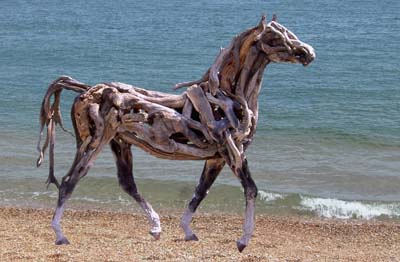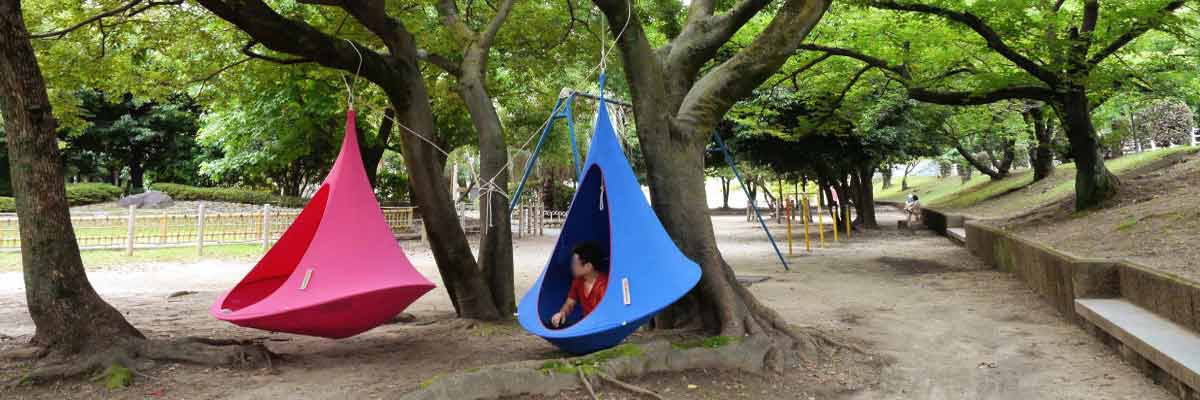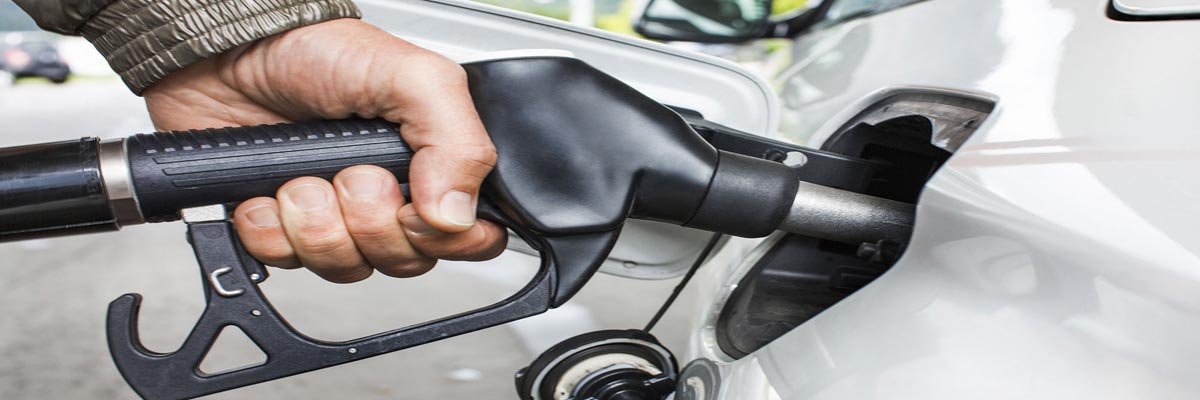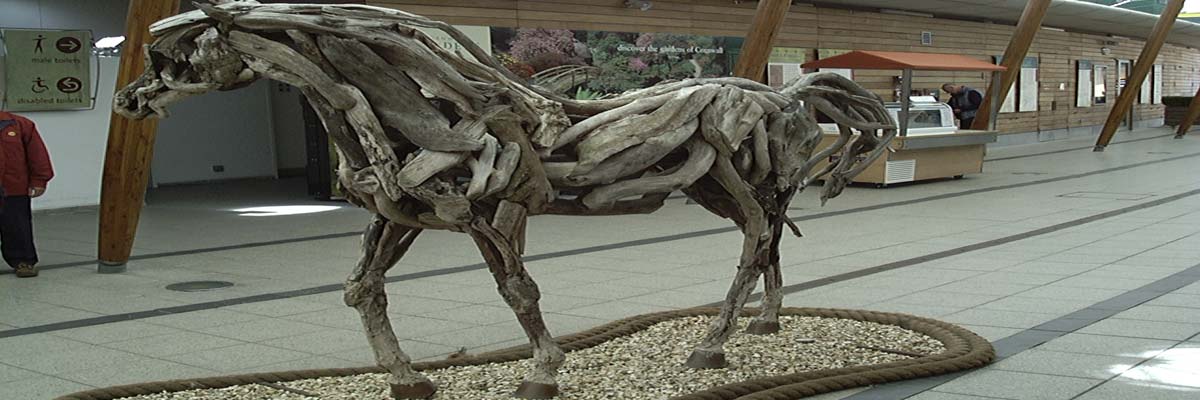Pass The Scoop, I Likes Me Some Ice Cream With My Cake
The next in our series from Wendy.
***************************************************************************************
I was supposed to be commenting on the Suburban Lawn of the Future, but I’m having trouble with that topic.
Ask me why.
Okay, I’ll tell you.
I live in Maine, and right now we’re under a foot-deep, concrete-hard blanket of ice and snow, which is not unusual for February in Maine, but it makes thinking about what my garden might look like in the spring a little difficult. Some of my favorite bloggers are starting seeds right now, and from my experience as a gardener in this part of the country, it’s still too early to even do that. The traditional planting date for Maine is Memorial Day – still three full months away (and I learned the hard way not to flout the wisdom of waiting until then).
Instead I hope I can talk convincingly about why, if you already live in the suburbs, keeping your house is a better option than running wildly into the woods, and I’ll be making the assumption that your house in the suburbs carries a mortgage AND that if you found a house in the country, you would also have a mortgage.
In a survival situation, experts stress that the first order of business is finding shelter. Most people freak out and rush around trying to get food. Read More
A Rose by Any Other Name
The next installment in our series from Wendy.
***************************************************************************************
What is a suburb?
As I was thinking about this post, I started having a really hard time defining what a suburb is. I mean, we all know what it is, right? It’s a planned, homogenized community with plastic-looking houses and artificially green lawns sporting pink flamingoes and rusty swingsets.
But if my goal is to defend suburban life and explain why I think people who live in suburbs have as good a chance of surviving the apocalypse as the people in the country who have a bajillion acres of land and an abundance of natural resources at their disposal, or people in the city who can combine or eschew resources such as transportation and heating, I can’t very well use that definition ![]() .
.
I googled the term and found this definition: town or unincorporated developed area close to a city. Suburbs, since they are largely residential, are usually dependent on a city for employment and support services and are generally characterized by low-density development relative to the city.
I think that pretty well explains what a suburb is, but again, if suburban dwellers are “dependent” on the city for support services and employment, then any illusion of self-sufficiency is immediately negated, by definition.
In short, by using either definition, when it comes to the apocalypse, we suburbanites are screwed.
So, let’s focus on what suburbanites have that is unique to their particular habitat, and might, with a little imagination, be used to their advantage.
1. Suburban homes have a yard space, usually between 10,000 and 40,000 sq ft. Not a lot, but more sometimes just means “more”, which isn’t always better.
2. Suburbs are “close” to amenities. While “close” really is subjective, and some people would say that anything within a 50 mile radius qualifies, I (and most of my suburban neighbors) would classify close as within walking distance. It would take me two to three hours to walk to Portland. It would take about an hour to walk to downtown Biddeford (Portland and Biddeford are the largest and the fifth largest cities in the state of Maine, respectively).
3. Suburban homes are usually single-family homes. People who escape to the suburbs want to have some sense of privacy, but recognize that being interdependent might not be such a bad thing.
4. Suburbs do not, typically, have any businesses (except for the occasional “home business”, that usually doesn’t attract on-site clients).
In other words:
If you measure your property by square feet rather than acres, you might be a suburbanite.
If you need extra storage space to house your lawn care apparatus and outdoor furniture, you might be a suburbanite.
If you live close enough to school to walk, but far enough away for them to send the bus, you might be a surburbanite.
If the only bus that comes to your neighborhood is the school bus, you might be a suburbanite.
If you could walk to town for the gallon of milk you need, but choose to drive, because it’s more than a mile, and that’s just too far to walk with those little kids, BUT you don’t think twice about putting on your sneakers and dropping little Sally into the jogging stroller and walking around the neighborhood for some exercise, you might be a suburbanite.
If you drive more than two miles, but less than ten, to buy plastic crap from China, you might be a suburbanite.
If there is no “corner store” in your neighborhood, you might be a suburbanite.
If you’re close enough to see the dirt on your neighbors’ windows, but need binoculars to see what’s on their big screen television, you might be a surburbanite.
If there is anything called a cul-de-sac in your immediate neighborhood, you might be a surburbanite.
If you live in a cul-de-sac … you are a suburbanite.
Avoid the extremes and converge in the middle.
That’s the suburbs.
Suburbs are the happy medium between country life and city life.
Up Next: Mary, Mary Quite Contrary: The Suburban Lawn of the Future
Oh, Give Me a Home…
Wendy, who writes an interesting blog, has been working through the pros and cons of living in the suburbs as we approach the Peak Oil energy descent. What I find most compelling about his discussions is that she is like any of us. She’s struggling to figure out if the suburbs are her home, or if she needs a house and some land to survive. While she talks about it she walks you through her thinking. Whether you agree with it or not, she make some compelling arguments. She has been kind enough to allow us to bring her serious of posts over to our site to share with a bigger world, which I will be doing over the next few days.
*******************************************************************************************
Today was a holiday. Seriously. It’s like President’s Day or something, I think. Anyway, my client’s office wasn’t open today, which means my normal “work day” was spent doing not much of anything. I sat on the computer most of the day … well, not “on” the computer, because that would have been very uncomfortable, and, well, I’m not sure my computer would have been able to support my weight – not that I’m big or anything.
Monsanto, How Evil Are Thee? Let me Count The Ways
Vanity Fair has a great article on their site featuring one of our favorite corporate villains, Monsanto. It is truly astounding the amount of evil doing that this one company can engage in.
From a business standpoint Monsanto certainly has the right to patent their genetically modified seeds, and profit and protect their profits with litigation from their business developments. But they do not have the right to give us products that suck. Their products suck. They spread all over the countryside. They don’t stay contained. In short, they act like plants. (Amazing, I know)
Monsanto as a company lies, incredibly, about what they are doing. They bribe officials around the world and they seem to treat the world as their toilet. That’s not right for the rest of us.
Treepee: A Tent That Truly Belongs In The Trees
If you’ve ever wanted to avoid contact with earthly critters or simply understand what it’s like to be a piece of fruit, the Treepee looks to be a pretty good way to do it. Just hang the tent from a sturdy tree, secure the corners, and you’ll be swaying pretty. From the description:
Four tethers, one on each corner, allow the Treepee to be secured for a less mobile ride. Bug nets on the windows allow air to circulate without letting any little critters in. The fabric is fire retardant, water repellent and PU Coated. The fabric has a UV protection factor of 50+. There are pockets on the inside for storage and a bag on a pulley which allows essential supplies to be hauled up into the ‘den’.
Want one? Start saving — the thrill of hovering will cost you about $600. But hey — at least you’ll be safe while your friends are carried away by fire ants.
Tapping Trees For Diesel Fuel
Australian farmers are embarking on a bit of an experiment to see whether or not they can self-sustain their production using diesel-producing trees. As some may know, I have a bit of a love-affair with plants that can produce — in one way or another — biodiesel. For those looking for an update to my “Adventures In Sustainability” series growing Jatropha — it’s coming soon. The plant is currently in hibernation. But I digress…
The diesel-producing trees are called Copaifera langsdorfii and are native to the Brazilian rainforest. The world has known of their unique properties since about the seventeenth century, but it’s only been recently that harvesting of the petrol is being planned on a grand scale. From the article,
Nobu Sushi Restaurants Use Fiji Bottled Water To Boil Rice
I shouldn’t be surprised. And yet, when I read that Nobu Matsuhisa — owner of the Japanese restaurant chain Nobu — uses Fiji Water to boil rice, I nearly laughed out loud. That was immediately followed by reverence for the power of branding; and lastly, slight depression over the mind-fuck given to the world courtesy of bottled water.
That glimpse into Nobu’s massive love for one of the fastest selling bottled water brands in the world came from an excellent article detailing the success and origin of the Fiji water label. Here’s a highlight:
Another golfer caught his eye and Gilmour watched as the man took a long drink from a European bottled-water brand. How bizarre, he thought, to come to a place like Fiji, where the water is famously pure, and choose to drink a European brand instead of the better and more available local stuff. Inspired, Gilmour founded a production company and signed a 99-year deal with the Fijian government to tap an ancient aquifer on the main island of Viti Levu. He called his brand Fiji Water.
GE Announces New Line Of Efficient Tankless/Hybrid Water Heaters
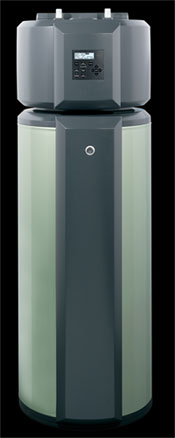 Tankless water heaters always seemed to make a lot of sense to me. I mean, hot water on demand as opposed to hot water sitting and waiting — seems smart, right? Everytime I go away on vacation, I lower the temp on my water tank to conserve energy, but I know I’m in a small minority. Most people probably go along heating water even when they’re not home for extended periods of time.
Tankless water heaters always seemed to make a lot of sense to me. I mean, hot water on demand as opposed to hot water sitting and waiting — seems smart, right? Everytime I go away on vacation, I lower the temp on my water tank to conserve energy, but I know I’m in a small minority. Most people probably go along heating water even when they’re not home for extended periods of time.
Which is why I’m jazzed about GE’s new line of tankless water heaters. For those that don’t need tankless, the electric-hybird heater they’ve got waiting in the wings looks pretty sweet as well. According to the release, the gas tankless on-demand heaters will “save 25 percent in water heating costs on an annual energy bill in comparison to a standard 40-gallon gas tank.” Additionally, the unique design can help avoid up to 25 percent of CO2 emissions tied to water heating.
Even better, earlier today the U.S. Department of Energy created the first ENERGY STAR standard for water heaters. Ironically, water heating was the only major residential energy product that did not have an ES designation — even though it’s one of the largest energy consumers in the household.
Of course, not everyone has access to gas (and truly, for those of us building green homes, reducing the use of fossil fuels is probably on the short list) so GE is getting ready to launch an Electric-Hybrid water heater for next year. According to early tests, this hybrid would reduce typical water heating energy consumption by more than half. While the typical home might use 4800kwh/year, the GE model consumes only 2300kwh/year. Plus, it would retain the same footprint of standard water heaters allowing easy installation.
The Green Picture: Amazing Recycled Drift Wood Horses
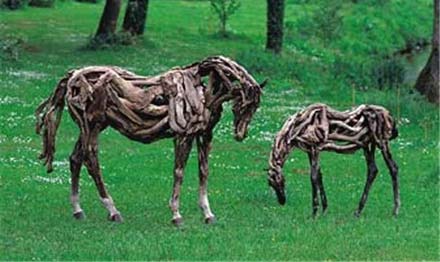
If you looked quick enough, you might be mistaken that this is a real horse. Instead, it’s a sculpture put together with pieces of recycled driftwood. The work is the result of artist Heather Jansch — who specializes in art created with driftwood and bronze.
